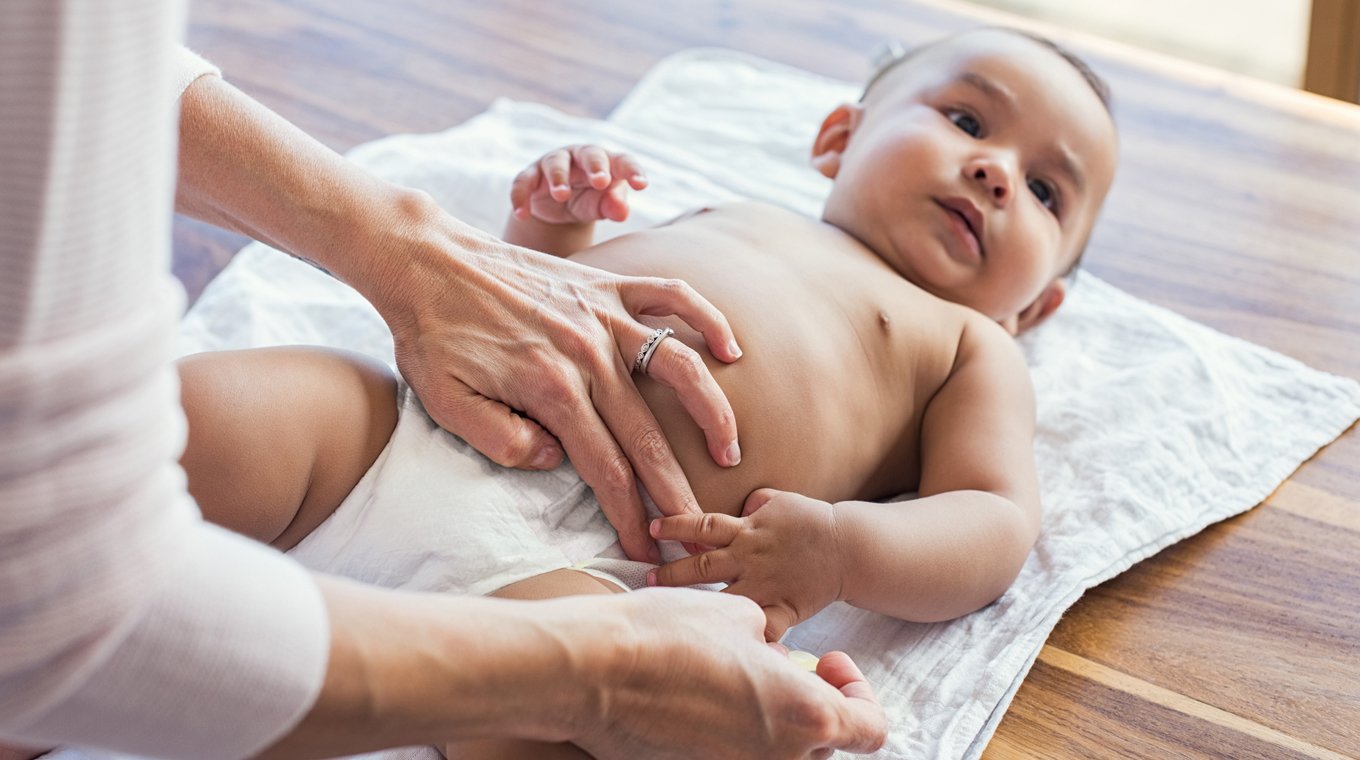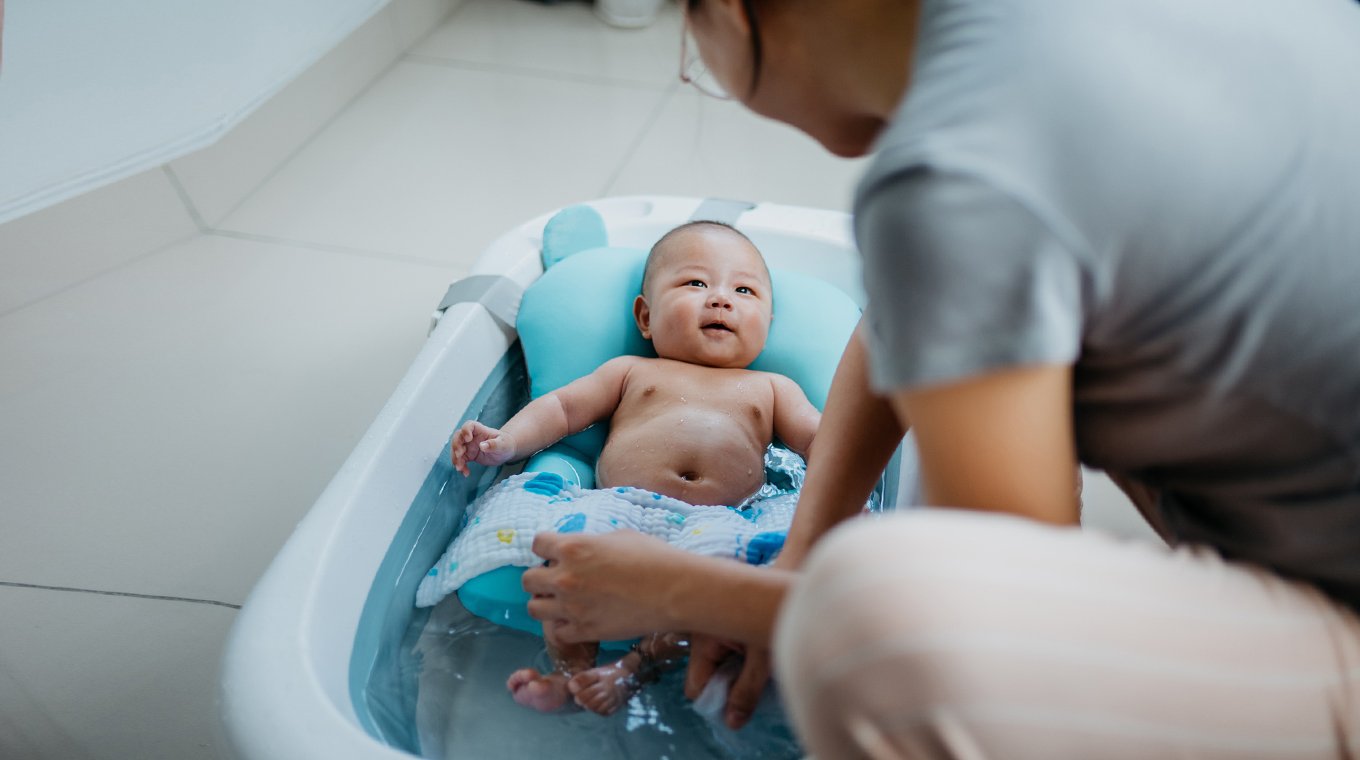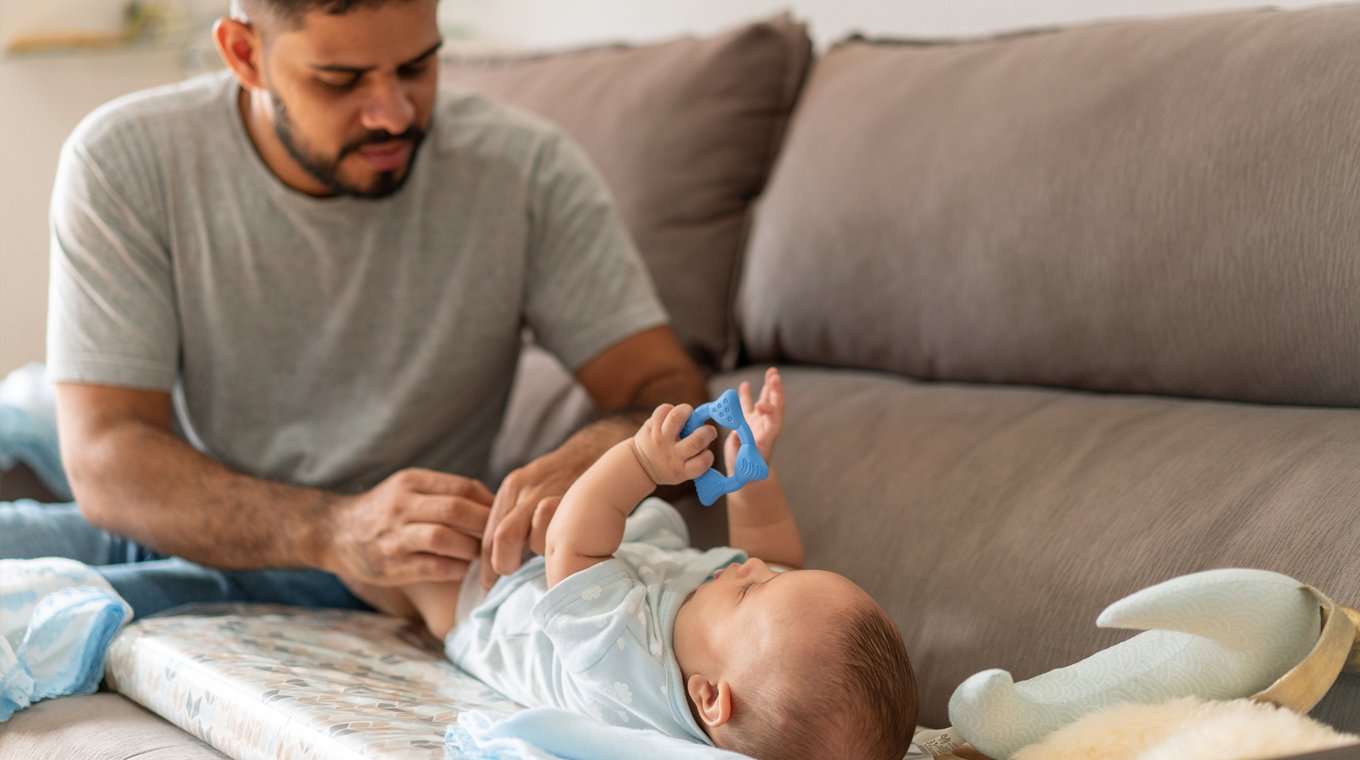
In this article
There's a pretty good chance that at some point during your parenting journey, you'll be wondering how to treat diaper rash. The tell-tale signs of a red, irritated bottom and fussy baby occur in about 50% of infants between 9 and 12 months old. A diaper rash will normally last about four days, and in most cases doesn't warrant a trip to the doctor's office. The next time your baby is feeling uncomfortable and irritable due to a sore bottom, give a few of the following diaper rash treatments a try.
The best diaper rash creams for your little one

Your baby or toddler will likely experience a diaper rash at some point. Diaper dermatitis, as it's known, is fairly common, occurring between 16% and 65% of babies under the age of 2. So while they can be a nuisance for both you and baby, OTC diaper rash treatments are usually quite effective, as are diaper rash home remedies.
Treating a diaper rash at home with an OTC product is easy and convenient — however, the best diaper rash cream for your baby will depend on the cause of the particular rash.
Diaper rash can be caused by irritation from dirty diapers, chemicals in baby wipes, a diaper that is too tight and causes chafing, or even a change in baby's diet or a result of irritation due to something a breastfeeding mom eats.
For parents who know their child is prone to diaper rash, preventive measures such as using oil-based products that contain white petrolatum, plant-based oils, or beeswax can hydrate the skin, reduce friction, and create a protective barrier between baby's skin and the diaper. If your child already has a diaper rash, a zinc oxide-based diaper rash cream will soothe skin and heal the rash.
However, if you're trying to treat a diaper rash that seems a bit more severe — like a diaper rash from yeast, a fungal diaper rash, or one that has open sores or blisters — your best bet is to have your baby checked out by their pediatrician.
Diaper rash: Home remedies that are safe and effective

Diaper rash can also be treated with home remedies and good diapering practices.
Pediatrician Dr. Lewis First advises that caregivers change their baby's diaper frequently. "Don't leave the contents sitting there for a long period of time because that will break the skin down. If you can, have baby's butt out in the air as much as possible or keep it loose in a diaper," the University of Vermont Medical Center doctor explained on the hospital's YouTube channel. "Don't make the diaper so tight that you can't get air in there to dry out the moisture."
A soothing bath with oatmeal or baking soda can help relieve diaper rash pain and promote healing, as long as the diaper rash is not severe with open sores. Your baby may not tolerate a bath until the rash heals a bit.
Finally, some of the best medicine you can offer your baby are lots of snuggles (and distractions). Go for a walk, or engage your little one with sensory bin or water table play, or pull out some favorite books and cuddle up close together to take baby's mind off things.
How to prevent diaper rash

As they say, an ounce of prevention is worth a pound of cure; although diaper rash may be unavoidable, there are some ways to decrease the chance of your baby experiencing one.
Use fragrance-free wipes to gently clean your baby's bottom, and apply a squirt of water if the area is very soiled. Don't rub the skin, which can exacerbate problem areas. Pat baby's bottom dry instead, and allow the area to dry completely before applying a protective barrier cream.
If you're able, allow your little one to go diaperless as often as possible — place babies on a waterproof pad and promptly clean up messes if they occur. This is a great opportunity to get in some tummy-time as well.
If you are using cloth diapers, there are also certain precautions to take. "If you're using cloth diapers, launder them with a mild laundry detergent, not something that has a lot of chemicals, and certainly avoid fabric softeners or any kind of scent, because those chemicals can irritate baby's skin," First advised.
Grace Sidney is a cloth-diapering mom of three. "My kids have all had very sensitive skin, especially as babies. I learned after the first one that protecting their skin after each diaper change was the key to preventing diaper rash. I've always used coconut oil because I prefer natural options to chemically-laden ones," Sidney told Mom.com.
Again, don't hesitate to reach out to your doctor for advice. Dr. First advises that caregivers talk to their child's pediatrician for persistent diaper rash issues. "If it's an infection, talk to your child's healthcare professional and they can recommend a prescription for an anti-yeast or antibiotic cream or ointment that will help heal the rash," said Dr. First. "If the rash is persistent or you see red blisters that are oozing pus, by all means, talk to your child's healthcare professional."







